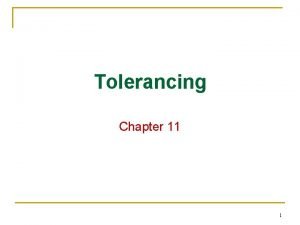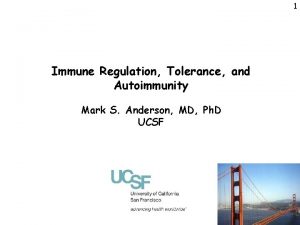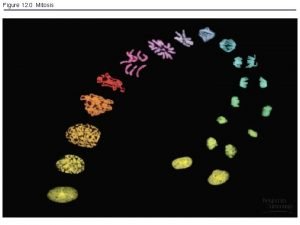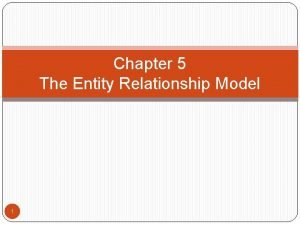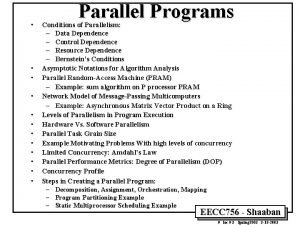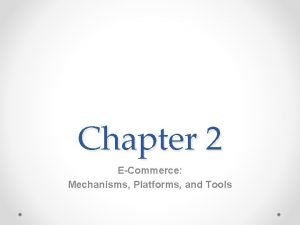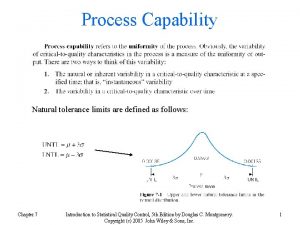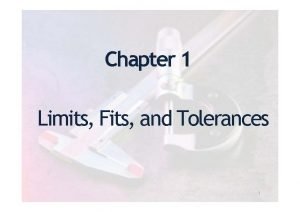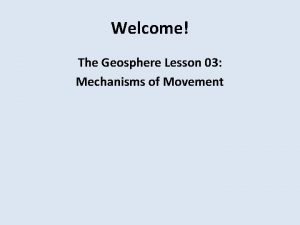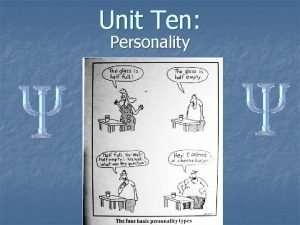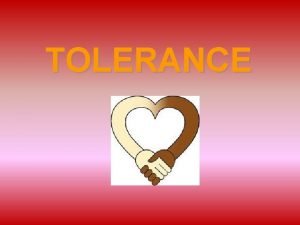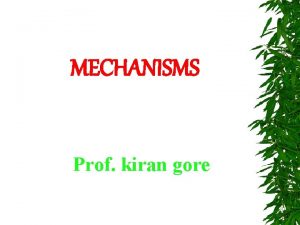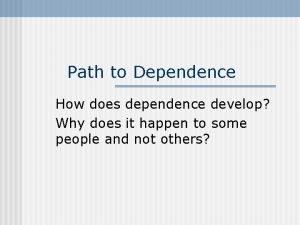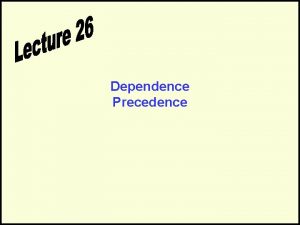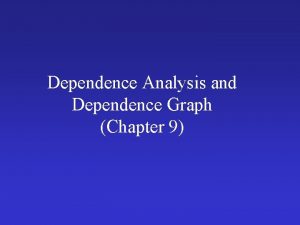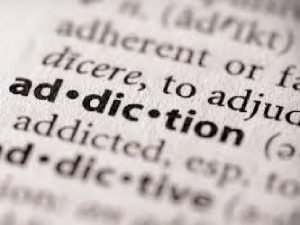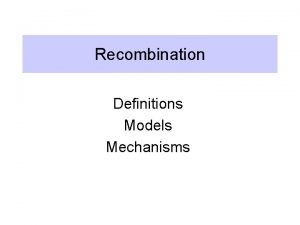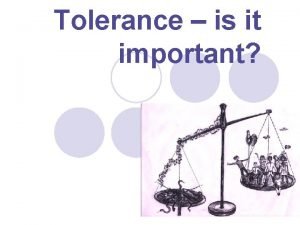MECHANISMS OF TOLERANCE MODELS OF DEPENDENCE Tolerance Definition




















- Slides: 20

MECHANISMS OF TOLERANCE & MODELS OF DEPENDENCE

Tolerance Definition: Diminished drug effectiveness or potency resulting from repeated (chronic) use. Decreased efficacy ○ Downward shift Decreased potency ○ Rightward shift

Cross Tolerance When tolerance to one drug diminishes the effects of another drug Often observed between members of same drug class All opiates display cross-tolerance Alcohol may exhibit cross-tolerance with other substances with similar pharmacological actions, such as the benzodiazepines (e. g. , Valium, Xanax)

Mechanisms of Tolerance Metabolic (dispositional) Tolerance e. g. , Alcohol and barbiturates increased liver enzyme activity. e. g. , Amphetamine alters urine p. H, making it more acidic, which increases excretion of amphetamine. Physiological (pharmacodynamic, cellular) Tolerance e. g. , receptor affinity or number altered by drug actions disruption of homeostatic processes may be critical Behavioral Tolerance Learning to compensate for drug-induced impairments respondent or operant conditioning

Physical Dependence Withdrawal symptoms Physiological changes when chronic drug use is stopped Particular withdrawal symptoms depend on the drug ○ Opiate withdrawal: flulike symptoms ○ Alcohol withdrawal: DTs, possible seizures ○ Many drugs do not produce PHYSICAL dependence ○ Drugs with similar actions tend to produce similar withdrawal symptoms Cross Dependence Drugs with similar actions will alleviate withdrawal symptoms from another drug. ○ e. g. , methadone for heroin dependence, benzodiazepines for alcohol dependence

Tolerance and Respondent Conditioning of Drug Effects Pavlov’s early work with apomorphine Conditioned Compensatory Responses the CR may not be opposite the UR The body’s attempts to resist the drug’s effects, rather than the drug effects themselves may be what are conditioned. Siegel’s research on respondent conditioning of tolerance to the analgesic effects of morphine in rats.

Tolerance and Respondent Conditioning Conditioned Compensatory Responses May be difficult to extinguish May persist long after physical withdrawal symptoms no longer evident Environmental cues may contribute to relapse

Tolerance and Operant Conditioning Campbell and Seiden (1973) Tolerance to amphetamine in rats treated prior to DRL training sessions, not after. Schuster et al. (1966) Tolerance did not develop to rate-increasing effects of amphetamine on an FI schedule. Vogel-Sprott (1992) role of reinforcement in conditioned tolerance to alcohol in humans

Sensitization Enhance effects of drug following repeated exposure Less common than tolerance Most often studied in nonhuman species ○ Activating effects of drugs Conditioned sensitization Cross sensitization

Models of Addiction Disease Model Physical Dependence Model Positive Reinforcement Model

Disease Model Historical Background Social reform of the 19 th century AA movement of the mid-20 th century Potential Strengths of Disease Model Considers addictive behavior abnormal Explains why only some develop addiction Implications for Therapy vs. Punishment

Disease Model Problems/Limitations of Disease Model Mechanisms not well understood Accepting “loss of control” as an explanation may reduce the addicts accountability Characterizing addiction as a disease Predisposition Theories Exposure Theories Acceptance/rejection of the disease model depends on the definition of “disease”, more so than an understanding of mechanisms responsible for addiction.

Physical Dependence Model Historical Background Drug seeking motivated by fear of severe withdrawal symptoms. What about drugs that don’t produce physical dependence? Defining Psychological Dependence Problems/Limitations Dependence Theories of Addiction

Positive Reinforcement Model Modern Behavioral Neuroscience Explanation for Addiction Based on key findings that many drugs can be established as positive reinforcers Problems with Positive Reinforcement Model

Drug Self-Administration Similarities/Differences Between Human and Nonhuman Species Type of Drug ○ Most psychoactive drugs that are abused by humans are also self-administered by nonhumans. ○ Some drugs (e. g. , LSD) are not selfadministered by nonhumans. Patterns of Self-Administration ○ Patterns of use are comparable between humans and monkeys (see figure 5 -2)

Measuring Reinforcing Value of Drugs Rate: not an ideal measure Progressive Ratio Schedules Concurrent Schedules (choice) Place Conditioning Procedures

Factors that Modulate Reinforcing Value of Drugs Dose Effects Genetic Differences Task Demands Stress Previous Drug Experience

Neuroanatomy of Motivation/Reinforcement Olds and Milner (1954) Median Forebrain Bundle Mesolimbic Dopamine Pathways VTA -> Nucleus Accumbens

Incentive Sensitization Theory Robinson and Berridge (1993) A model to explain drug craving Craving is conceptualized as a manifestation of incentive salience, which becomes stronger with repeated drug use due to the sensitization of the mesolimbic dopamine system to drug effects. Repeated presentation of a reinforcer causes the stimuli associated with it to also have greater incentive salience. Repeated use of a drug increases its reinforcing value and its capacity to control behavior.

Behavioral Economics Matching Law Price and Demand Marilyn Carroll (1993) Generated demand curves from studies of PCP consumption under different FR ratio schedules in rhesus monkeys
 40h6 tolerance
40h6 tolerance Central tolerance and peripheral tolerance
Central tolerance and peripheral tolerance Addison wesley longman
Addison wesley longman Existence dependency constraint
Existence dependency constraint Linear independence
Linear independence Conditions for parallelism
Conditions for parallelism What is meant by structure dependence
What is meant by structure dependence Galbraith dependence effect
Galbraith dependence effect Psychological dependence
Psychological dependence Ffa creed facts
Ffa creed facts Frequency dependence of dielectric constant
Frequency dependence of dielectric constant A characteristic or quality describing an entity is called
A characteristic or quality describing an entity is called Modal and semi modals
Modal and semi modals E-commerce mechanisms definition
E-commerce mechanisms definition Unilateral tolerance definition
Unilateral tolerance definition Natural tolerance limit
Natural tolerance limit Fault tolerance definition
Fault tolerance definition Unilateral tolerance definition
Unilateral tolerance definition Mechanisms of movement lab report
Mechanisms of movement lab report Virtualization tools and mechanisms
Virtualization tools and mechanisms Mischel's theory
Mischel's theory
